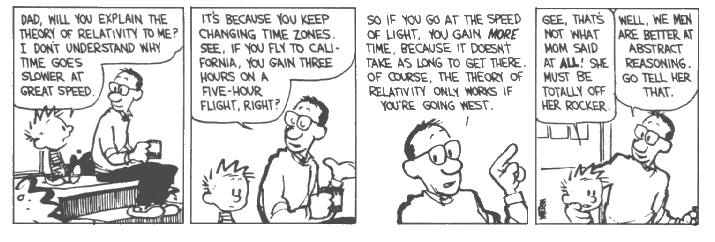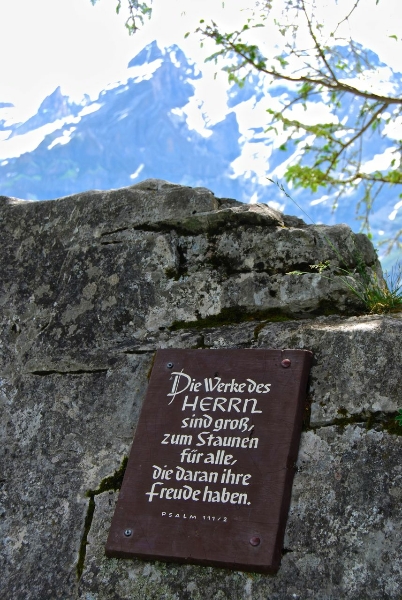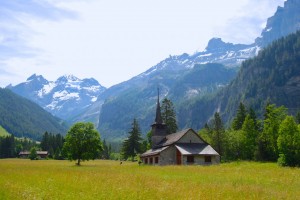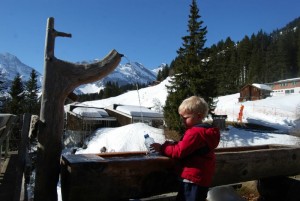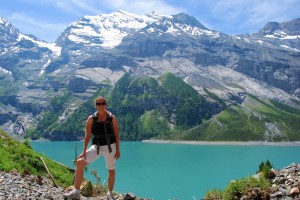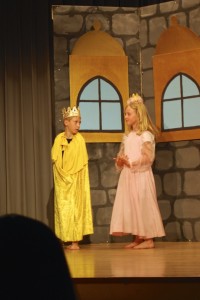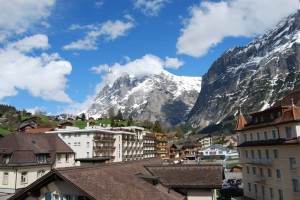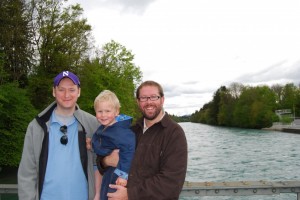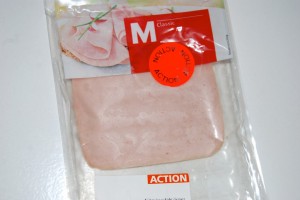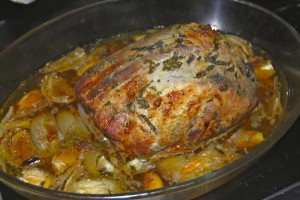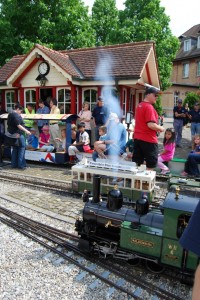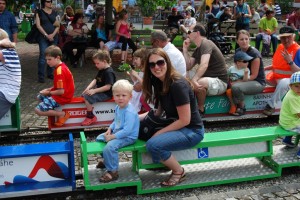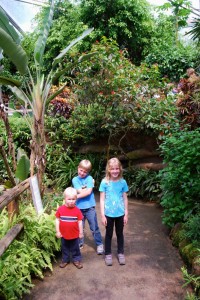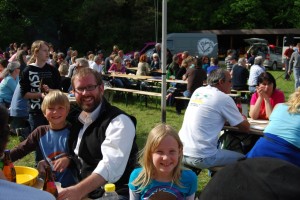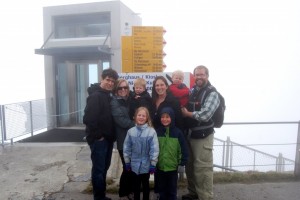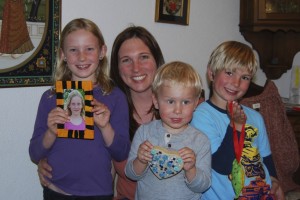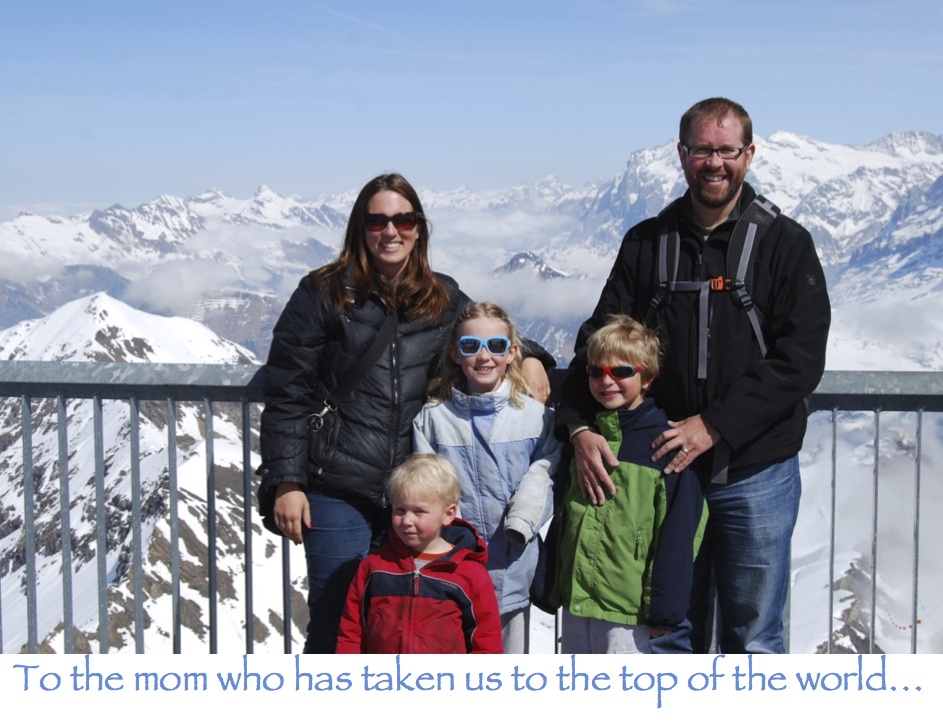Growing up, anything out of the ordinary was “weird.” If someone did something different from me, we’d say “you’re weird.” Of course, with time it becomes clear that the vast majority of the world lives very differently from yourself, and we stop using words like “weird” to describe other cultures or life choices. Knowing there is a plethora of options in the world, we set about making our own choices and establishing our own life, and creating our own sense of what is “normal.”
What is normal depends on the eye of the beholder. You can’t just ask “What is normal?” without knowing “for whom?” And of course, most people don’t think about this question very often because the answer is almost always “well, for me.” And most people have a well-developed sense of what is normal for them in their daily lives. It’s like gravity. A set of assumptions we have about the world, which are usually confirmed by our experiences.
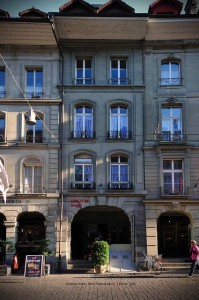 Of course, Einstein flipped gravity on its head. His equation for gravity (which incidentally he developed while living in Bern, Switzerland) changed many of the basic assumptions of physics up to that point.
Of course, Einstein flipped gravity on its head. His equation for gravity (which incidentally he developed while living in Bern, Switzerland) changed many of the basic assumptions of physics up to that point.
Gμν = 8πG/c4 Tμν
This little equation says that gravity (as well as time!), which used to be considered constant, are relative to the speed at which an object is traveling. Bam! The special theory of relativity. It is somewhat mind-blowing when thinking about the ramifications of this on the universe. However, this is not intended to be a physics lesson, and here on earth, it really doesn’t affect our daily lives much. We live contentedly with Newtonian laws regarding earth’s gravity, since that’s where we are.
 Living abroad was a bit like moving to an asteroid hurtling through space. Not that I’m comparing Switzerland to an asteroid. Just that all of our assumptions about what is normal were useless. It was like jumping from Newton’s gravity to Einstein’s gravity. Things just work differently here. There are different assumptions and different constants. And, like a scientist, you have to do a whole bunch of experiments to figure out the laws of this new place you are living.
Living abroad was a bit like moving to an asteroid hurtling through space. Not that I’m comparing Switzerland to an asteroid. Just that all of our assumptions about what is normal were useless. It was like jumping from Newton’s gravity to Einstein’s gravity. Things just work differently here. There are different assumptions and different constants. And, like a scientist, you have to do a whole bunch of experiments to figure out the laws of this new place you are living.
Of course, it isn’t always a very scientific process. It usually just feels like making a lot of mistakes and learning from them. But, as you start to understand the underlying assumptions and rules, and make choices about how to live your life, your own sense of “normal” changes. Just like gravity, it is relative. So, I made up my own equation…
N=E*T(E-e/e)
It says that normal is relative to your current experience, how different it is from your past experiences, and the length of time you experience it. Anything can become normal with enough time for you to adjust to it. The more different the experience, the more time is required for it to impact your sense of normal, and the greater the shift will be. But just knowing that “normal” is relative and not constant, even in your own life, changes your perspective. Just as the theory of relativity opened up the secrets of the universe to physicists, the relativity of normalcy opens your mind to the world.
